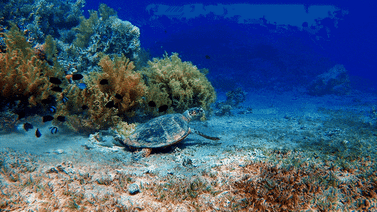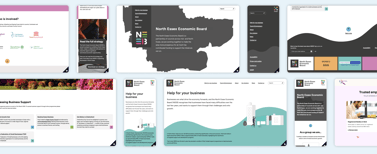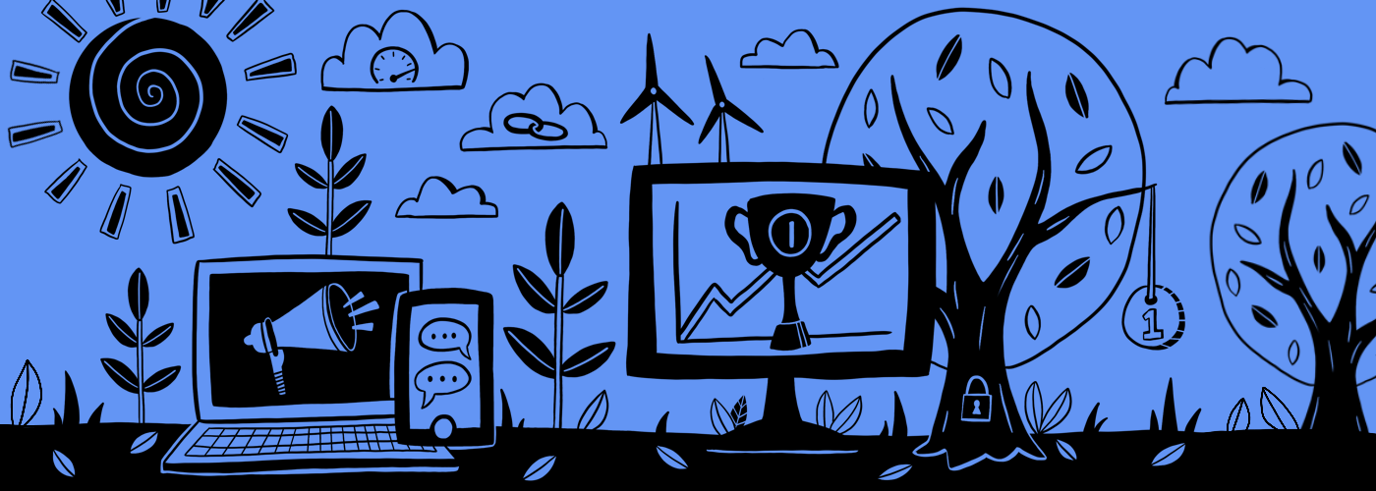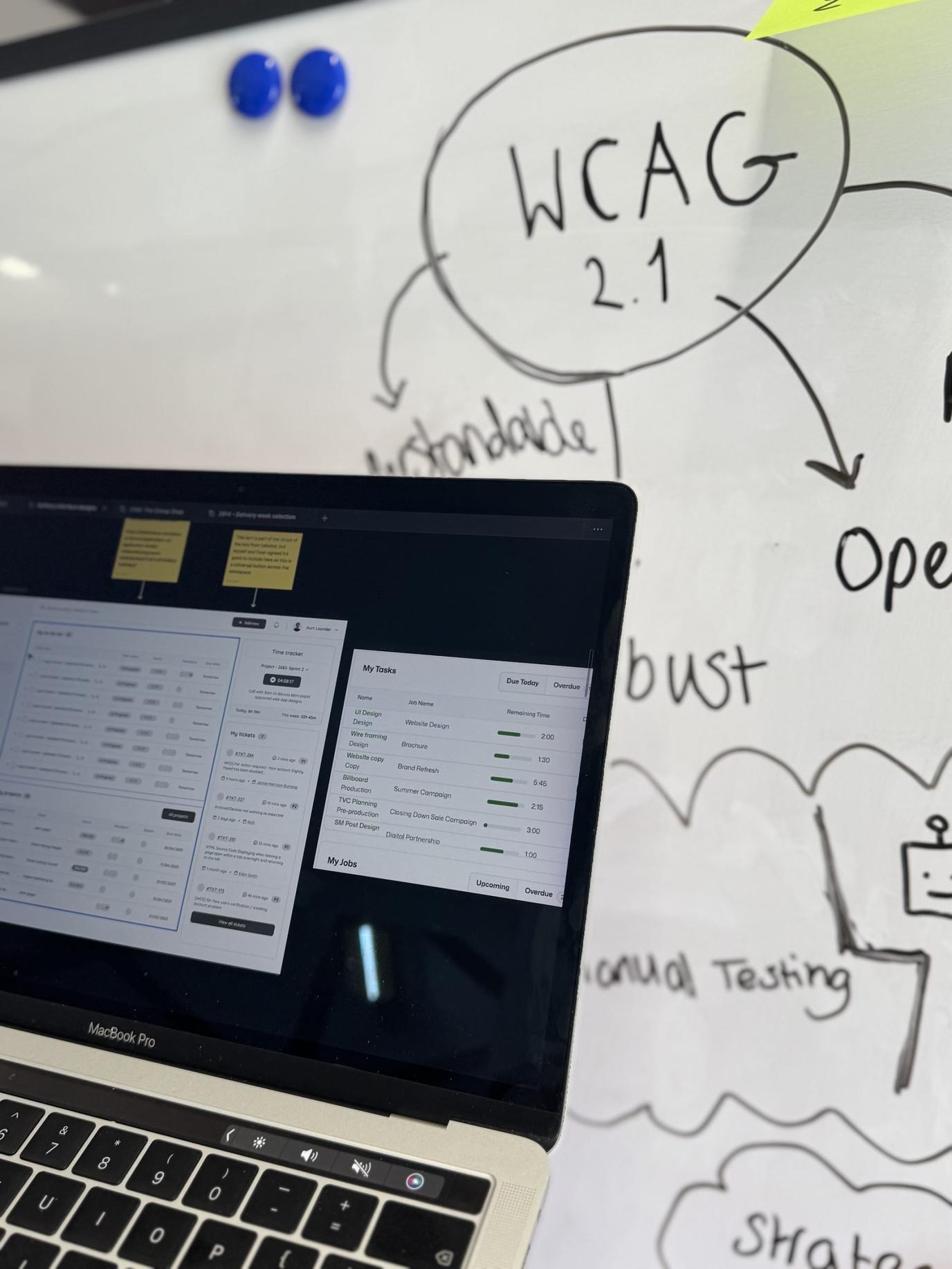Digital sustainability.
We specialise in building fast, low-carbon, and eco-friendly websites. Our sustainable web development approach prioritises clean energy hosting, carbon-conscious design, efficient front-end performance, lightweight pages, and best practices for green content delivery and digital sustainability. Whether you need a brand new sustainable website, or a strategy to improve your sustainability online, we can help.
Why a website's carbon footprint matters.
The internet accounts for 3.7% of global carbon emissions each year; a seemingly small figure, but a significant one when you consider how much can be done to reduce their impact. The Eco-Friendly Web Alliance recommends a carbon load of less than 1g per page for a website, yet many pages exceed this. Imagine a website page that produces 3g of carbon per view and receives 100,000 daily visits. By optimising it, the potential carbon savings are enormous.
We understand the challenge. A website needs to stand out, but we believe it’s possible to balance aesthetics, user experience and sustainability without compromising on impact. We can deliver high-performing and sustainable websites.
Sustainable at scale
While smaller websites have a minimal impact, an organisation’s digital footprint can grow exponentially as it scales. We audit your website’s efficiency and identify areas for improvement, helping you reduce your footprint as your business grows.
Aligning with branding
Many brands are increasingly focusing on sustainability as a core part of their identity. Updating your website to align with these goals not only promotes consistency but also provides fresh marketing content that reflects your commitment to the environment.
Offsetting carbon
We can utilise tools in the sustainability sector as well as creating new methods to help create simple, effective solutions for measuring and offsetting your carbon footprint.
Get a free sustainability audit of your website
Want to know how sustainable your website really is? We offer a free audit to review your website and show you where you can cut emissions, speed things up, and reduce digital waste. Straightforward, useful, and no strings attached.
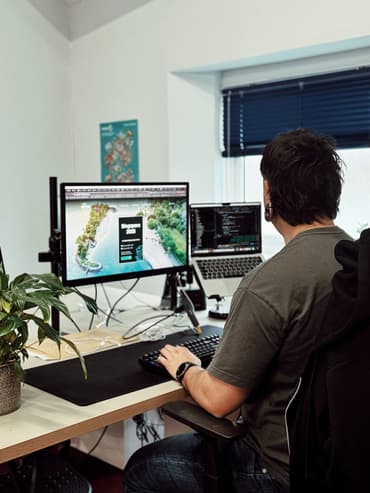

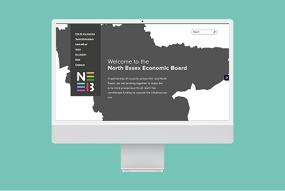
Making a conscious choice.
We support clients who are committed to implementing sustainable web practices, whether as part of their core mission and values or to meet industry-specific requirements. By adopting these practices, we help businesses not only align with environmental goals but also enhance their digital presence with websites that are fast, efficient, and eco-friendly.
72% of global consumers say they’re willing to pay more for sustainable products and 62% of consumers claim they “always or often” seek out products specifically because they’re sustainable. As sustainability becomes an increasingly important consideration for both consumers and businesses, more organisations are choosing to incorporate it into their brand identity. We are keen to assist these forward-thinking companies, offering our expertise to ensure their web solutions not only perform well but also make a positive contribution.

Sustainable = speedy.
Our development team writes efficient scripts and employs best practices that minimise server load and reduce energy consumption. Through a rigorous optimisation process, we create websites that load faster, use less bandwidth, and contribute to a more sustainable digital ecosystem. By focusing on writing cleaner, more efficient code, we not only lower emissions but also improve the overall user experience.
Better code means faster, more responsive websites that perform at their best without having a negative impact on the environment. This is crucial for your website, as a lighter webpage that loads in just 1 second can achieve a conversion rate of 39%,. compared to a 1-second delay in load time resulting in a 7% reduction in conversions.
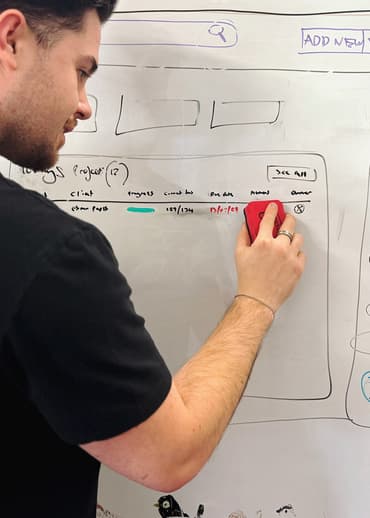


Lightweight pages and content delivery.
A large part of sustainable development involves creating lightweight or static websites that load faster and consume fewer resources. By optimising the delivery of images and other assets, we reduce page sizes and enhance performance. This approach not only improves the user experience with faster loading times but also lowers energy consumption, making your website both more sustainable and environmentally friendly. Through thoughtful optimisation, we ensure that every aspect of your site works efficiently, minimising the carbon load.
Our team follows best practices to ensure your content is delivered quickly and efficiently. We leverage data-driven strategies to implement a best-in-class approach, using content delivery networks (CDNs), lazy loading techniques, and file compression. These methods work together to minimise data transfer, reduce loading times, and significantly cut down on energy consumption, helping your website perform optimally while being more sustainable.
Additionally, we consider other features and functionality that can go further to provide a more environmentally-friendly experience, such as dark mode or a low-carbon toggle.
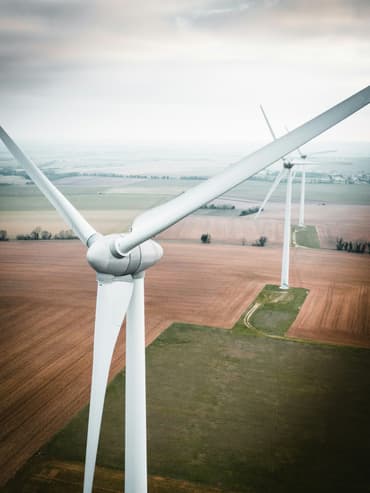
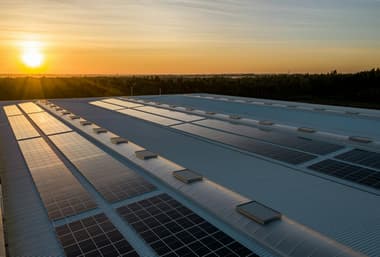

Sustainable hosting.
We believe in powering the web with renewable and clean energy. Our hosting services are sourced from providers who use 100% clean energy, reducing the environmental impact of your website. In choosing sustainable hosting, our clients benefit from reductions in emissions while also gaining reliable, high-speed website performance.
Given consumers and clients increasingly prioritise sustainability, eco-friendly hosting helps your business stand out. For companies committed to reducing their environmental impact, sustainable hosting strengthens brand reputation while maintaining top-tier performance. At We Create Digital, we support UK businesses in building a greener digital presence.
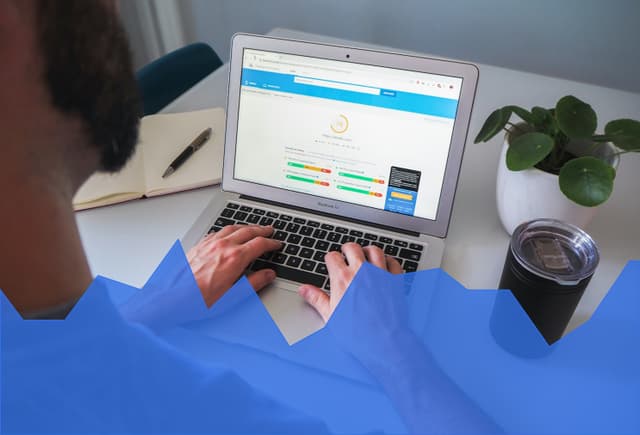
Supporting long-term efficiency and cost savings.
Our sustainable hosting offers more than just eco-friendliness, it also delivers significant cost savings through energy-efficient infrastructure. By using clean energy sources and optimising resources, we help reduce your carbon footprint while maximising operational efficiency.
We take a proactive approach, carefully monitoring and managing every aspect of your hosting environment. This ensures not only reliable uptime and seamless performance, but also lower energy consumption, leading to long-term savings. With our sustainable hosting, your business can thrive while contributing to a greener, more sustainable future for the planet.
Dr Cal Major BVM&S MRCVS MSc
Founder and CEO | Seaful
Our portfolio.
More than a decade of trusted relationships
Digital sustainability FAQs.
Often organisations have questions about exactly what digital sustainability is or how we can create a carbon-friendly website before we begin projects. Here are some of the more common questions we are asked.
A low carbon website is designed and built to use less energy when people visit it. Every image, video, or line of code requires data to travel across servers, networks, and devices – and that data transfer consumes electricity. The bigger and less efficient a site is, the higher its carbon footprint.
As mentioned above, the Eco-Friendly Web Alliance recommends a carbon load of less than 1g per page for a website, yet many pages exceed this.
Different organisations or tools to assess the carbon load of a website provide their own guide as to what ‘low-carbon’ is.
We recommend to organisations we work with to aim for less than 0.5g of carbon per page load in order to be considered a low-carbon website.
To measure a website’s carbon load or footprint, we baseline page weight, energy use through embodied emissions, and hosting, and also take into account the location of the server and user, then benchmark against recognised guidance. That gives us a clear before/after view once improvements are in. We can provide reporting on the figures to ensure we cover any metrics or points that may be required for CSR or carbon accounting needs.
No, having a sustainable website doesn’t mean it has to be bland or boring. Sustainable design is about thoughtful choices – efficient images, smart typography and lean interactions, not bland or stripped-back visuals.
Image and font optimisation, removing unused scripts, lazy-loading and sensible caching usually deliver immediate gains. We’ll prioritise by effort vs impact. You should see an instant result with website speed – it will be noticeable how much more quickly it loads, which reduces the exit rate from users.
Yes, we can offer green hosting options. We can move you to providers powered by clean or renewable energy and configure infrastructure for efficiency without compromising reliability. We also manage hosting for our clients, so that means you don’t need to make calls if you need support or anything happens.
Yes, we can quantify the carbon savings from a new site we design and build. We report baseline impact and the reduction achieved over time, alongside performance and UX improvements so the full picture is clear and precise. We can give you evidence to show how your website is carbon-efficient.
Sustainable websites can improve SEO and conversions. This is because faster, lighter pages often improve engagement and search performance. The benefit is practical as well as environmental.
There is no reason for a sustainable website to cost more, because many of the practices that reduce carbon emissions – like optimising code, compressing images, and simplifying hosting – also improve performance and efficiency. In fact, these choices can lower long-term costs by making the site faster to maintain, cheaper to host, and more resilient as technologies evolve.
For the build cost, it will come down to the rest of the brief. So focus on the objectives for the website, how it fits with your organisation’s goals, and what problems you need it to solve.
Latest news and articles.
Dive into our blog, where we explore innovative strategies, provide expert opinions, and keep you up to date with the ever-evolving landscape. Stay informed and ahead of the curve with our expert-driven content.


